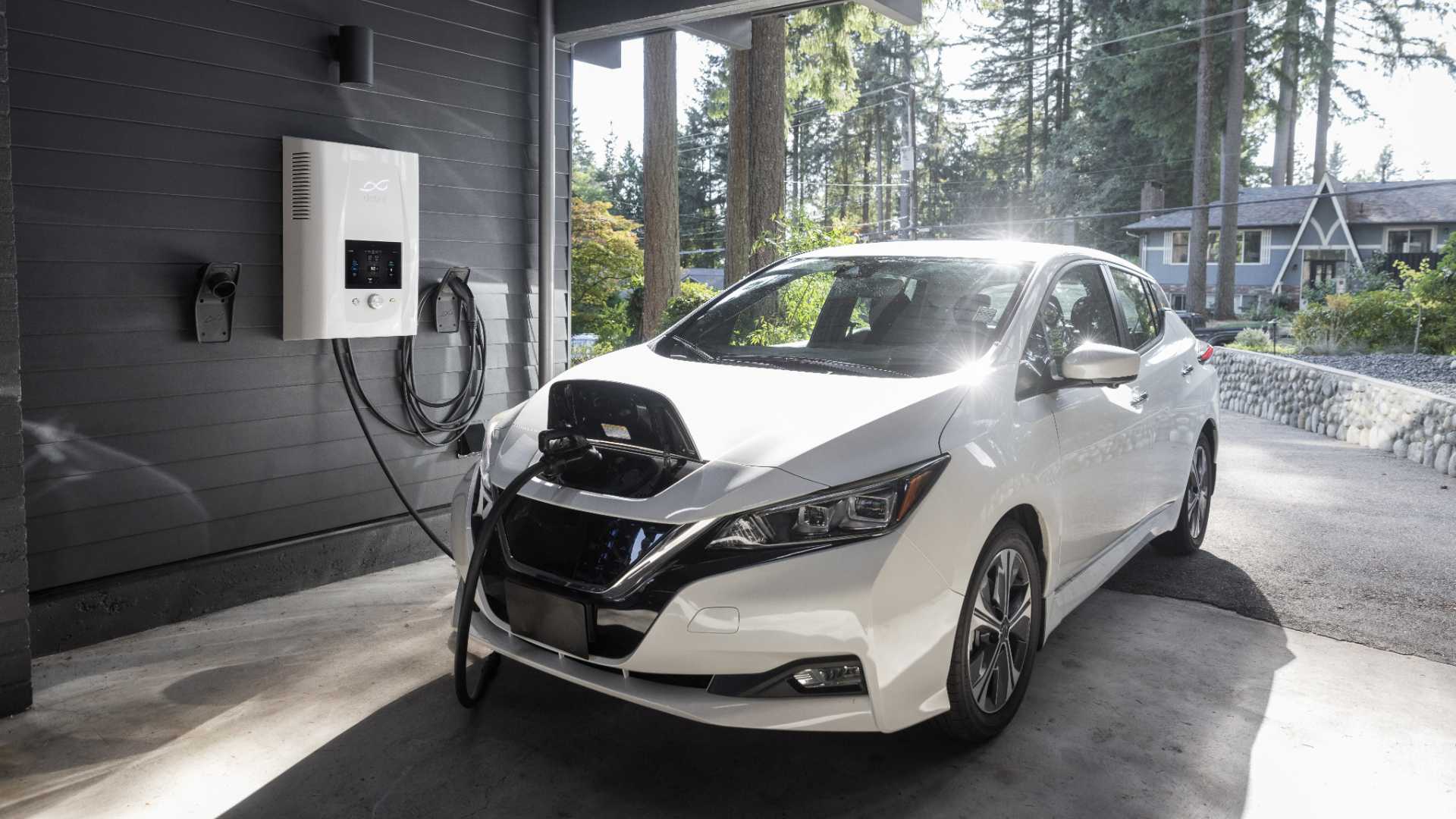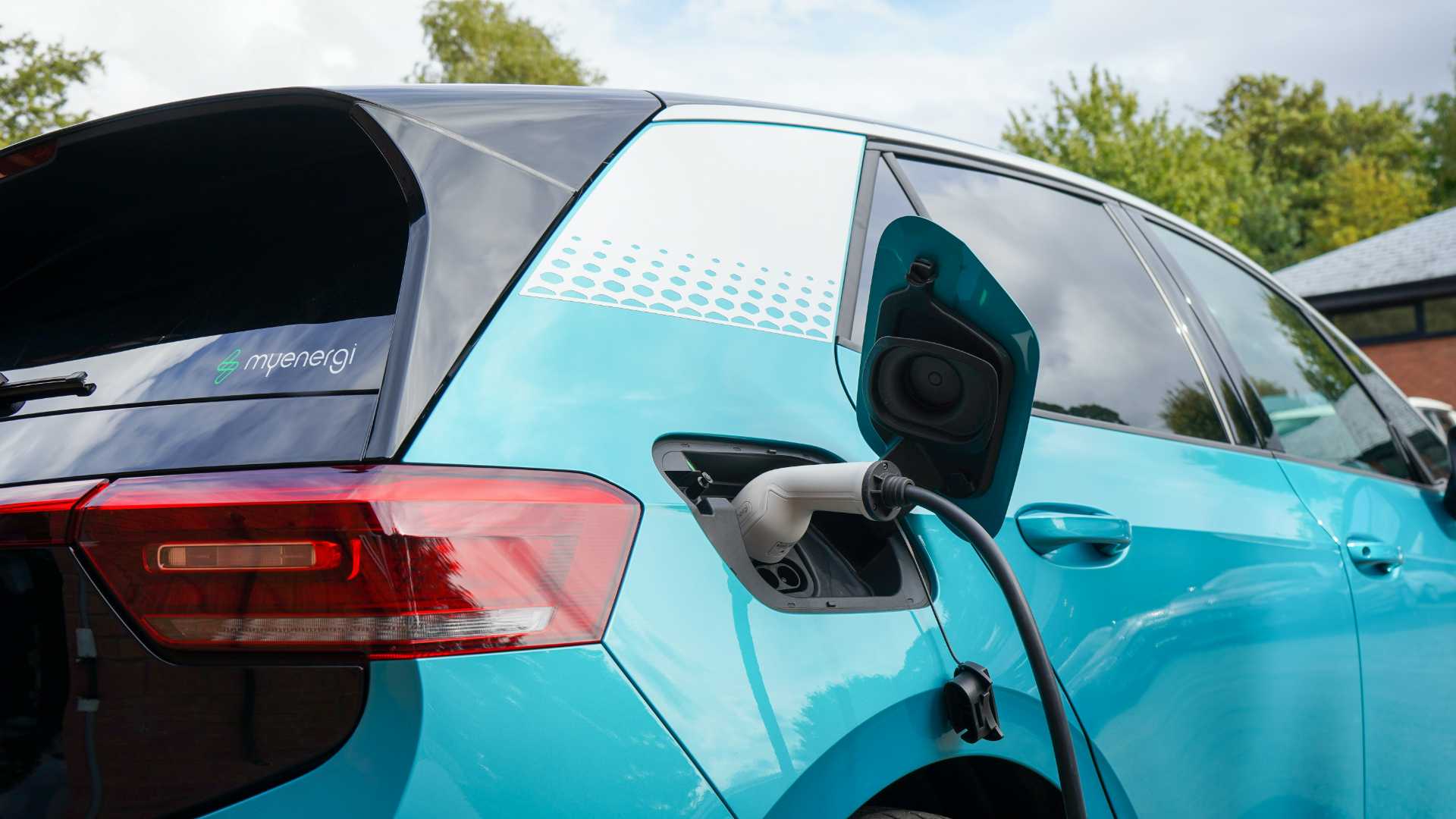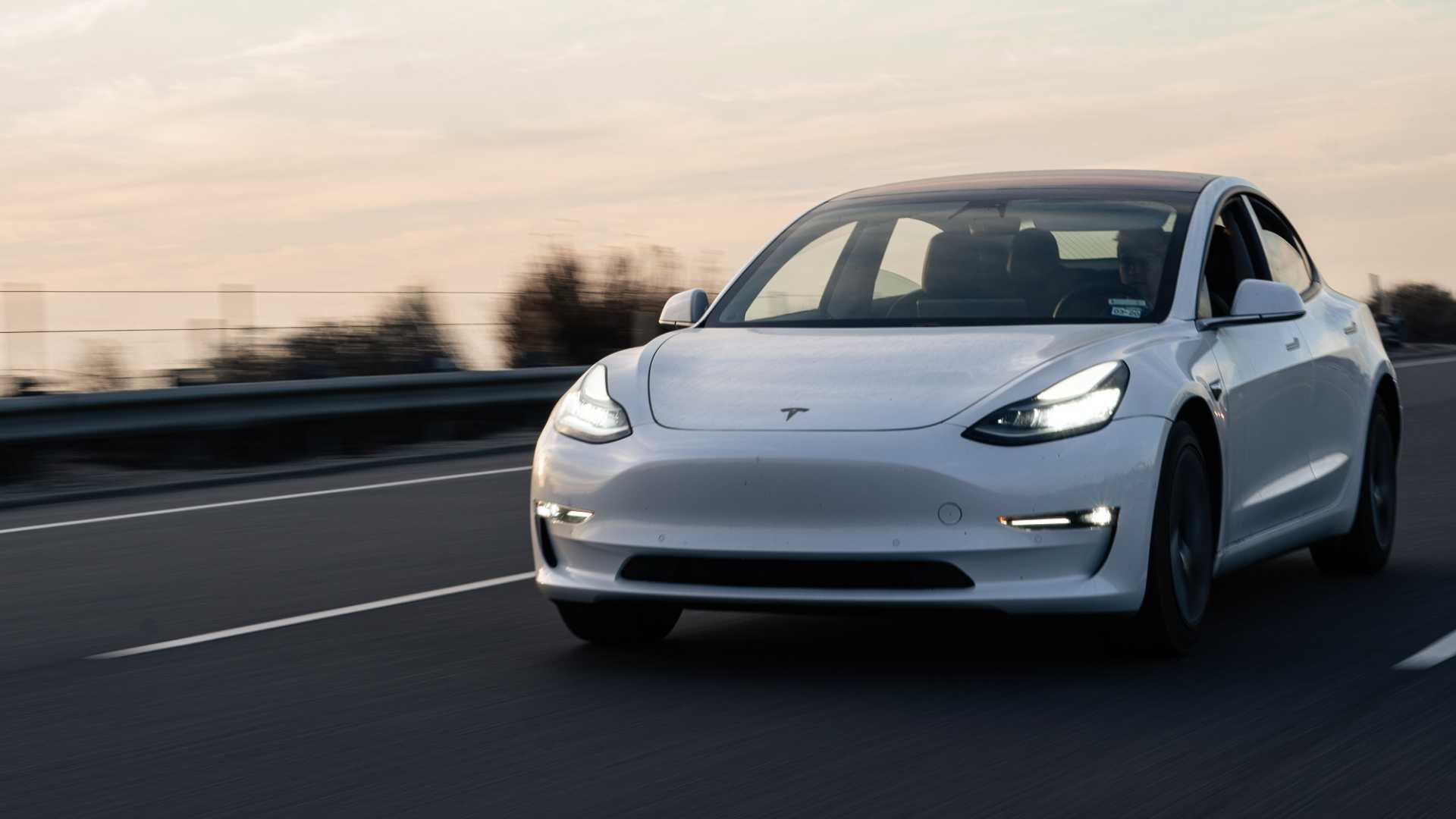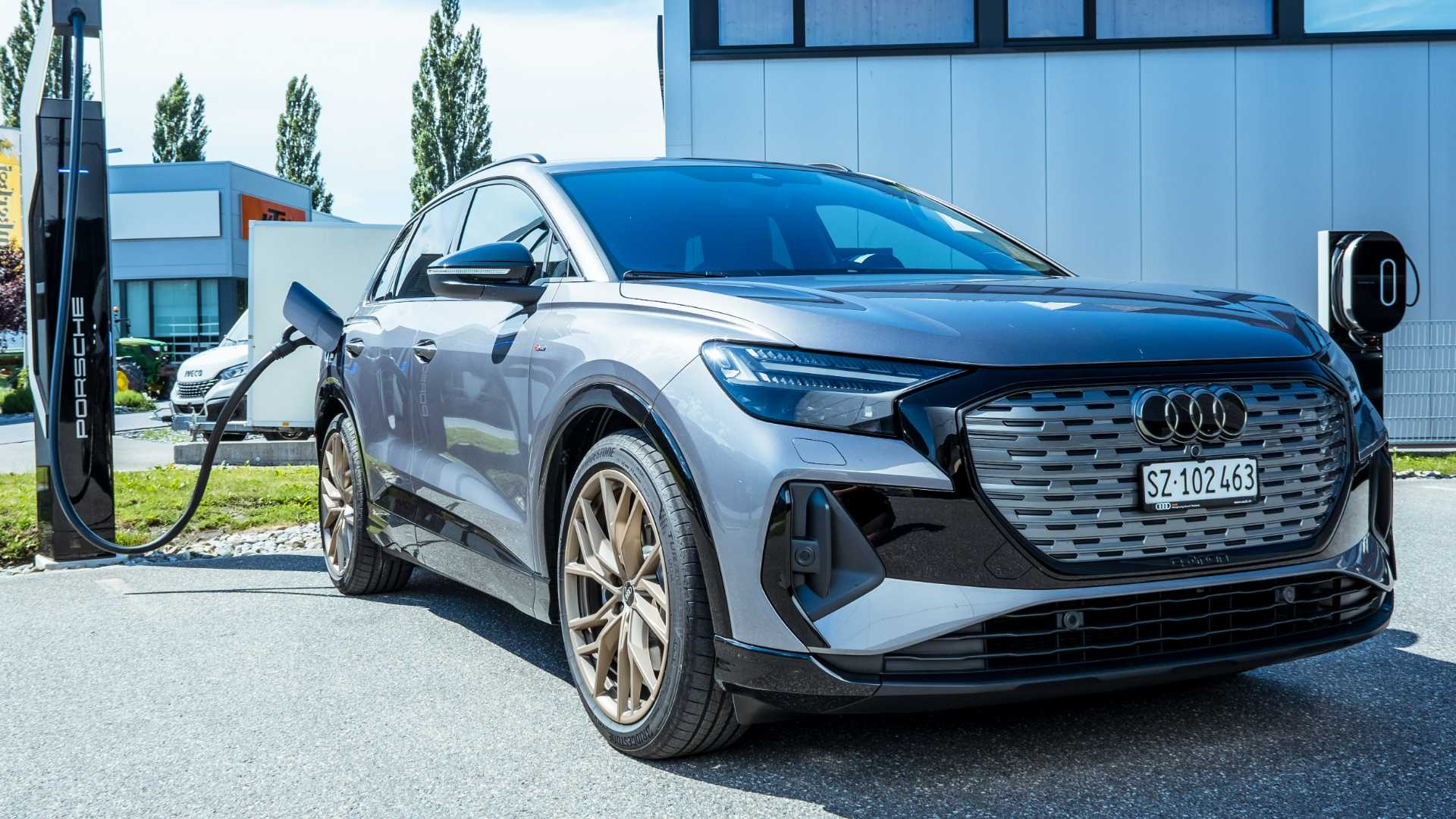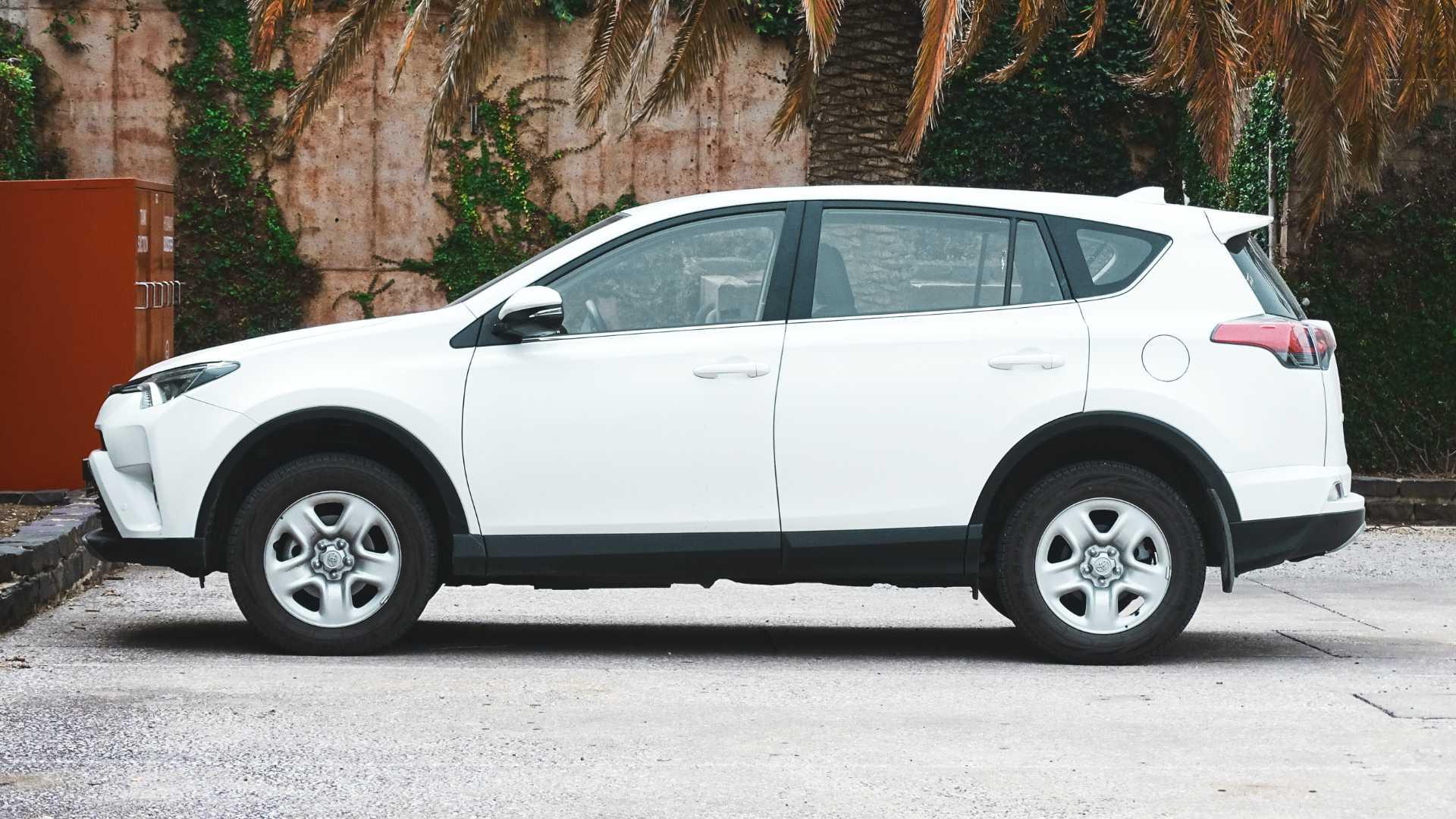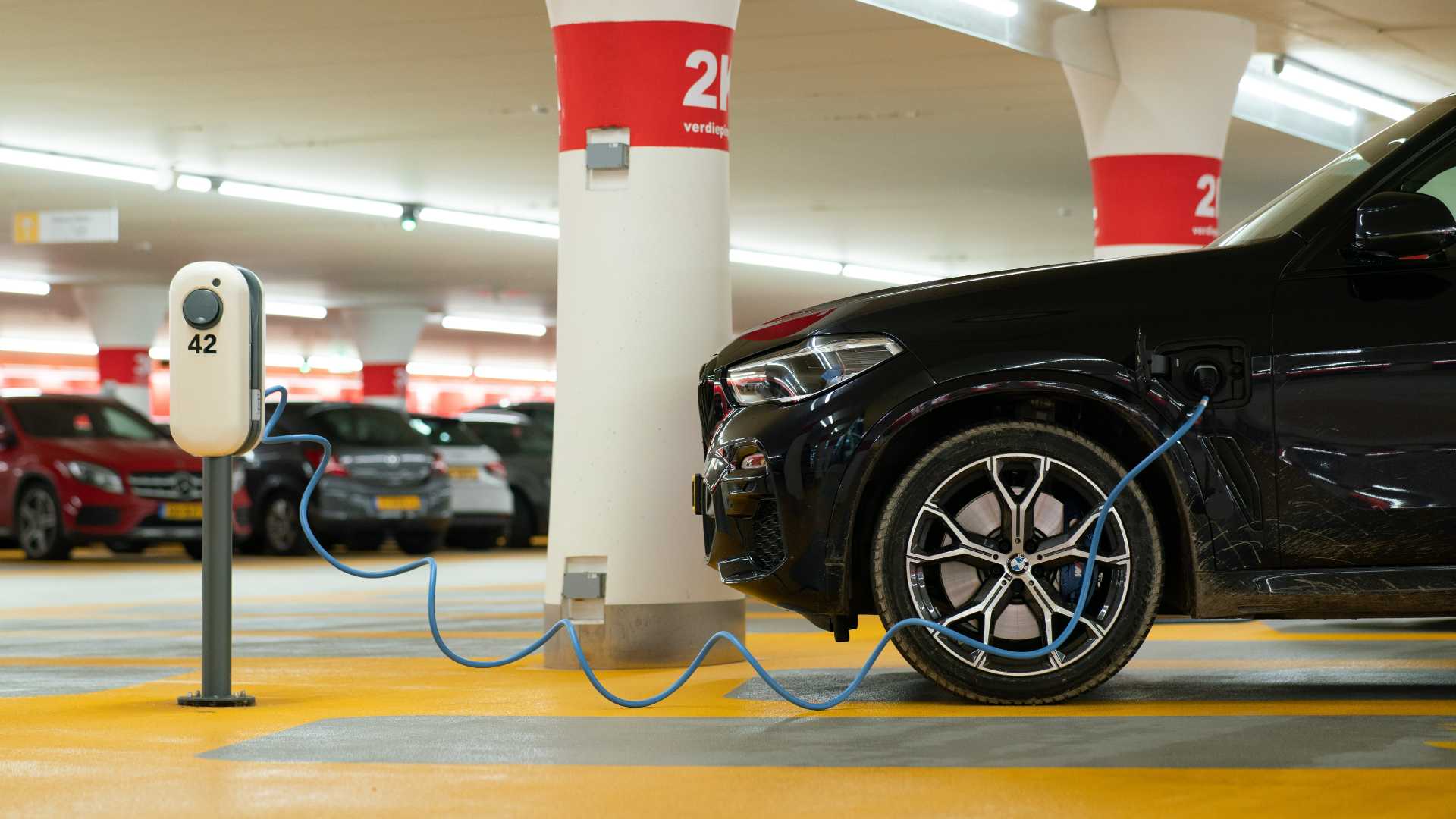How much does an electric car cost?
The average cost of an electric car in the UK is around £44,000 but prices range from around £17,500 to £140,000 and more. Luxury cars such as Tesla, Porsche, Audi, Jaguar and Mercedes - which are also the fastest electric cars – could set you back about £80,000 on average whilst a non-luxury electric car costs around £27,000 on average.
Why are electric cars expensive to buy?
Electric cars are expensive because of the materials and the construction processes as well as the expensive research and development costs that have gone into designing these vehicles.
Are electric cars cheaper to run?
Although all-electric cars tend to be more expensive to buy, they can travel up to three times further than the petrol or diesel cars for the same money according to research by www.motoringresearch.com. Cars like the Kia e-Niro and Renault Zoe 65kW are very efficient achieving 33.1 per £1 of electricity. The Tesla Model 3 standard provides 32.3 miles per £1 of electricity, the Volkswagen e-Golf 30.8 miles and the BMC i3 – 30 miles.
A hybrid car is most effective at saving money when journeys are short and its possible to rely on the small electric battery for the majority of the journey. But certainly hybrid cars are more efficient than conventional petrol/diesel cars.
As a general guide, based on real life testing, in 2022, if you’re charging your car at home, you’re likely to pay the following amounts if you want to cover 9,000 miles in an all-electric car:
- £710 to £800 a year to run a dinky sized city cars, such as the VW E-Up or a small hatchback like the Renault Zoe.
- £800 to £900 for medium and large cars, such as the Nissan Leaf and Tesla Model 3 respectively and compact SUVs, such as the Hyundai Kona.
- £950 to £1,150for large SUVs like the Audi e-tron.
Full details on how much it might cost to charge an electric car can be found here.
